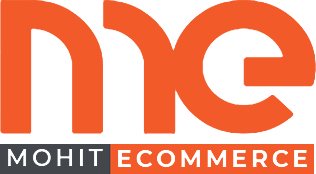Supply chain management is a critical aspect of any business, but it can be incredibly challenging to optimize. With so many moving parts and variables, it can be tough to determine the most effective strategies for streamlining operations and increasing profitability. That’s why we’ve put together a comprehensive guide on game-changing supply chain management strategies that can revolutionize your business.
From leveraging technology to adopting new processes and systems, these strategies are designed to help you transform your supply chain and achieve better results than ever before. Whether you’re just starting out or have years of experience in the industry, our guide is packed with actionable insights that can help you take your business to the next level. So buckle up and get ready to revolutionize your supply chain!
The Evolution of Supply Chain Technology: How It Changed Business
Over the years, supply chain management technology has evolved significantly, revolutionizing the way businesses operate. In the past, businesses relied on manual processes to manage their supply chains, which were time-consuming and prone to errors. However, with the emergence of new technologies such as cloud-based business analytics and manufacturing intelligence, companies can now streamline their supply chain operations and gain real-time insights into business performance.
Outsourcing production has also become a popular practice, enabling businesses to reduce costs and focus on core competencies. These game-changing strategies, when implemented effectively, can lead to significant improvements in supply chain efficiency and customer satisfaction, ultimately driving business success.
The key to success lies in understanding the five key elements of supply chain management strategy- design, cultivation, manufacturing, packaging, and transportation- and how they can be leveraged for optimal results.
Outsourcing production has become a popular option for many businesses in recent years. By relying on external suppliers to produce goods or services, companies can often benefit from lower costs, increased efficiency, and more access to specialized expertise.
Outsourcing also comes with some potential downsides, including reduced control, potential quality issues, and a risk of supply chain disruptions. In this section, we’ll take a closer look at the pros and cons of outsourcing production and provide an overview of how it can benefit your business. By weighing these factors carefully, you can make an informed decision about whether outsourcing is the right choice for your supply chain strategy.
In the previous sections, we explored the evolution of supply chain technology and how outsourcing production can benefit your business. We now turn our attention to the five key elements of supply chain management strategy. These elements are developing a strategy, sourcing raw materials, production, distribution, and returns. As a supply chain manager, it is important to adopt a demand-driven planning and business operating model based on real-time demand insights and demand shaping.
This strategy helps to streamline processes, reduce waste, and increase efficiency. Incorporating environmental, social, and economic considerations into supply chain operations can enhance sustainability, while effective risk management can mitigate potential disruptions. It is important to start with a solid strategy but also be practical and adaptable to changes in the market. By implementing these key elements, companies can revolutionize their business and gain a competitive edge in the market.

